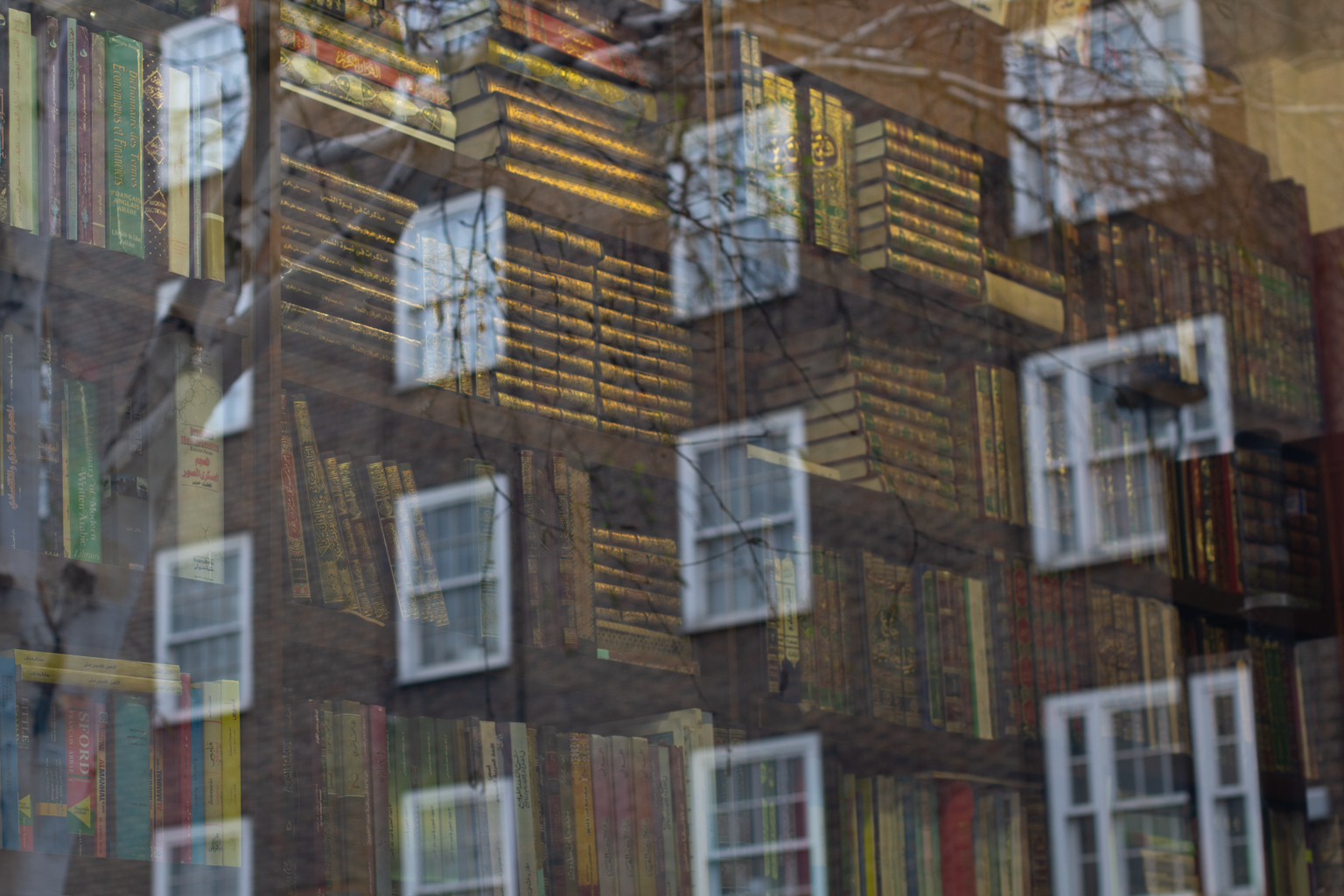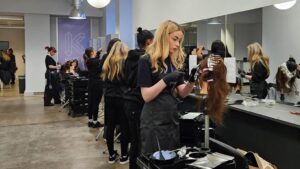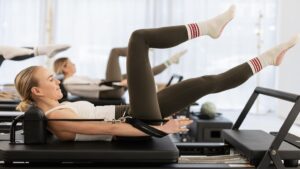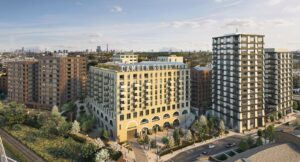
The Basement Gym + Studio opens in Camden Town
Camdenist readers get 50% off their first month’s membership, too

I like the community growing spots, like Story Garden, Camley Street Natural Park, Calthorpe Project as well as Regent’s Canal and the Heath. I enjoy the contrast between nature and the urban environment it finds itself in. I also like open public spaces, and photograph a lot in Somers Town, King’s Cross, and Kentish Town, getting to know the places and people as well.
Scruffy, multi-faceted, faded in parts and resilient.
I find this hard to answer, but I lean more towards photographic artist than photographer. I’m less technically focused, that’s not really what interests me. I grew up with art, and photography – as my main form of creativity – came later. My dad was an artist. I think that’s seeped into how I see things and respond to my environment. I’m inspired by the everyday. My eye is drawn to the unnoticed, the overlooked, the surreal, thebstract, the funny, the re-imagined and I tend to work intuitively, capturing the mood of a subject or place. It’s often street-based but it’s not really street photography in the traditional sense. I just make use of where I’m at to create work.







They’re important parts of me, an essential practice. Photography is something I’ve done consistently over the years. I find it grounding, it resets my brain. If I haven’t been taking photos, I can notice a difference. It helps orientate me towards appreciating the beauty and funniness in things. It reminds me of what’s possible. It’s probably as close as I get to meditative practice providing me with the space and time to observe, connect, explore and play.
It’s about capturing the present – my sense of a place, a way of being in my surroundings and observing them, exploring and interacting. I’m responding to the world. Whilst I also photograph people, I prefer to do this collaboratively and consensually, rather than in a more sneaky, street photography way. I use reflections, shadows and people’s backs partly to maintain a respect for privacy. It’s amazing how much you can capture without showing someone’s face. I feel responsibility towards the people I photograph, whether I’ve represented them in a way that’s acceptable to them., how it will be used, etc. When people aren’t included, I don’t have to think about that, and it’s a different energy: more meditative, less interactive.
I am inspired by the things I notice in the everyday. I’m often drawn to small details, things that are overlooked, and light. It’s a way for me to say “look” and “wow” at everything. The feelings I get when I’m photographing – intrigue, excitement, focus, discovery, joy – and the drive to observe, explore and create keeps me photographing. Photography has become part of my routine. When I take time off I feel less motivated, less appreciative. Once I push myself, as soon as I take the first photo, the feeling is re-sparked, my eyes are reopened, and I’m reminded of how important it is for me to do it. Perhaps (non-photographic) art has influenced me, and how I see things, more than other photographers. Surrealism – artists like Magritte and Dalí – inspire and resonate with me, the intertwining of art and reality and rearranging the ordinary into the extraordinary. I also like to use every part of the frame in the camera, like a canvas. I remember being struck by artists like Klimt and Monet, partly for their use of the entire surface. Noticing light, colour, shade, composition is all important to me. I look through the lens just like I might look at a pad of paper. My desire to show beauty and what I see, is more easily satiated by photography than drawing, which I find less frustrating because it comes out exactly as I intend it to.
Often it all begins with a walk or a wander with my camera. It was always like that but now I tend to go back to the same local areas and discover something new. I have more time so I can explore more deeply and have started to see emerging themes or series. The process of photographing for me is therapeutic, enabling me to pause and readjust and I find it revitalising. It’s a process of unfolding, quietly, intuitively and spontaneously. I’m often drawn to reflections as a way of playing with light and layers, combining elements to create new realities. I tend not to do much processing afterwards. I like to focus on what I see.
Most of my work is produced locally, and I love creatively exploring places. I am photographing around Somers Town, capturing the sense of the people, places and dogs (!) that make up the neighbourhood. I am also creating work around Regents Canal, and urban growing spaces, like Story Garden. What I’m wanting to do is show work in places where I produce it, and in open public spaces, not just gallery spaces. I’d like to show people different ways of seeing things they look at regularly and maybe they will appreciate them differently. I’m thinking of ways to show work publicly, whether in windows, in the street or other ways. I want to do more place-based and longer-term work, maybe through a residency. I have a couple of series I would like to exhibit, both of which are creative responses to the “ordinary” environment – one of which involves cranes… (if you are able to help realise any of these… get in touch…)
Find Anna’s work on the windows of Brook, 92-94 Chalton Street, NW1 1HJ, on Saturday 9th July as part of the Somers Town Festival and follow her on Instagram @annalernerphotography.
She is also currently exhibiting with five other artists at the Fitzrovia Community Centre, 2 Foley St, London W1W 6DL until 1 August 2022, in ‘Renewal’ an exhibition co-created by the Creative Women’s Hub and Samar F Zia, in collaboration with Fitzrovia Community Centre. Open to the public Mon-Fri 10-4, or Saturday by appointment.






Camdenist readers get 50% off their first month’s membership, too

A brand new hairdressing and barbering academy has landed in Camden Town and is now seeking style-conscious models and enthusiastic trainees

We speak to founder, Sol, about bringing the studio to Kentish Town

Explore the neighbourhood’s brand new neighbourhood